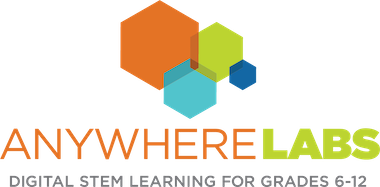
Last Updated Dec 1, 2020
In this activity, students will use computational thinking to write a code sequence for a drone to survey an arctic map. This activity is based on the work done by Northrop Grumman in Operation Polar Eye.
Operation Polar Eye is an environmental tech initiative that allows the San Diego National Zoo and Northrop Grumman to collaborate to help track polar bear activity in a non-invasive manner.
Polar bears can only start hunting with the formation of ice. As it takes longer for the formation to begin and earlier to melt, polar bears are put into a precarious position of an extremely shortened hunting season. Northrop Grumman’s drone can survive the harsh environment of the arctic and allows scientists to study the formation of ice and the movement of polar bears as they navigate through their shortened season. They hope to use this information to get a better understanding of the damage that is happening to the environment and help the survival of the species moving forward.
Students will know
- What Operation Polar Eye is, and how it’s achieving its goals.
- What computational thinking is.
- STEM careers related to Operation Polar Eye.
Students will understand
- How computational thinking is used in STEM
Students will be able to
- Write a code sequence.
- Debug a peer’s code sequence.
Next Generation Science Standards Connections
Science and Engineering Practice: Using Mathematics and Computational Thinking
- Create and/or revise a computational model or simulation of a phenomenon, designed device, process, or system.
Texas Essential Knowledge and Skills Connections
FCS.1D: create algorithms for the solution of various problems
CS1.4F: design a solution to a problem
CS1.4H: identify and debug errors
